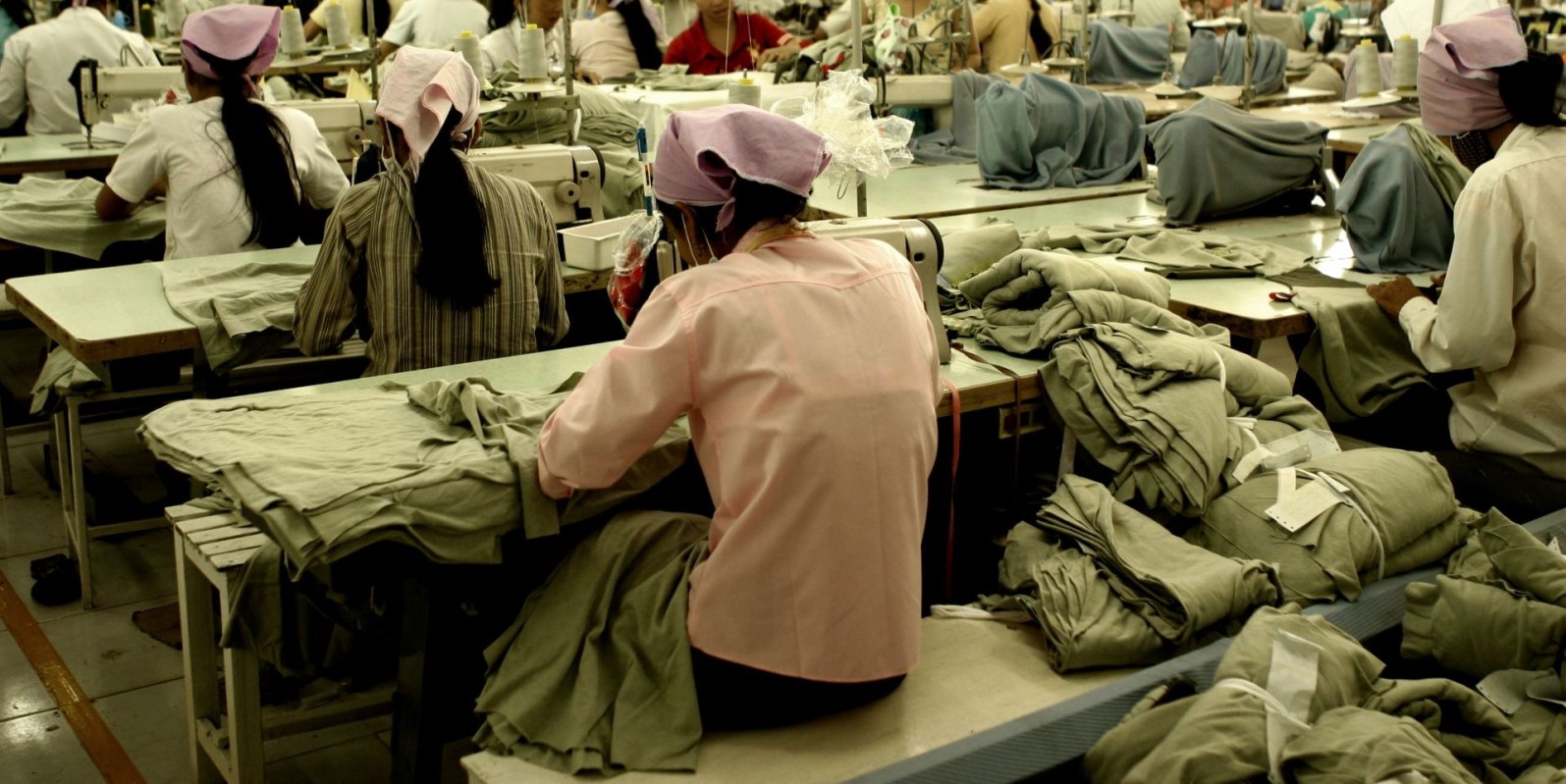As companies like H&M, Zara, and Forever 21 continue to pump out clothing designs at an unsustainably fast rate, tons of people throw around the term "fast fashion."
What exactly is fast fashion?
The "fast" part of fast fashion refers to the speed at which new designs and articles of clothing are produced. Fast-fashion clothing is often quite inexpensive and trendy, but it isn't created to be worn for an extended period.
Because fast-fashion items are usually disposed of quickly, our landfills are filled with old textiles. In fact, in the U.S., more than 11 million tons of textile waste are sent to landfills every year.
What is the human cost of fast fashion?
Many garment workers are forced to put in extremely long hours, often without breaks, and are put in dangerous working conditions. In 2013, one garment factory in Bangladesh collapsed, killing more than 1,100 people.
Aside from the terrible and toxic working conditions, many garment workers are extraordinarily underpaid. In Bangladesh, some textile workers are paid under $0.40 an hour. In 2019, Oxfam reported that in Vietnam, only 1% of garment workers were paid a living wage; in Bangladesh, this figure was 0%.
Textile workers in the U.S. are also subjected to illegally low wages. The Department of Labor reports that many Californian workers are paid just $1.58 an hour.
How to avoid fast fashion
The goal of fast fashion is to get the latest trends to consumers as quickly and cheaply as possible.
But this cannot come at the expense of workers' rights and safety. We must hold brands accountable so that workers are not denied fundamental rights, such as the right to organize, the right to a living wage, and the right to a safe working environment.
Buying clothing second hand or from thrift stores is a way to avoid contributing to the fast-fashion industry.
You can also save a significant amount of money by thrifting. According to CNBC reporting, thrifters can save nearly $1,800 yearly, on average, by buying only secondhand items.
TCD Picks » Quince Spotlight

Join our free newsletter for easy tips to save more, waste less, and help yourself while helping the planet.













